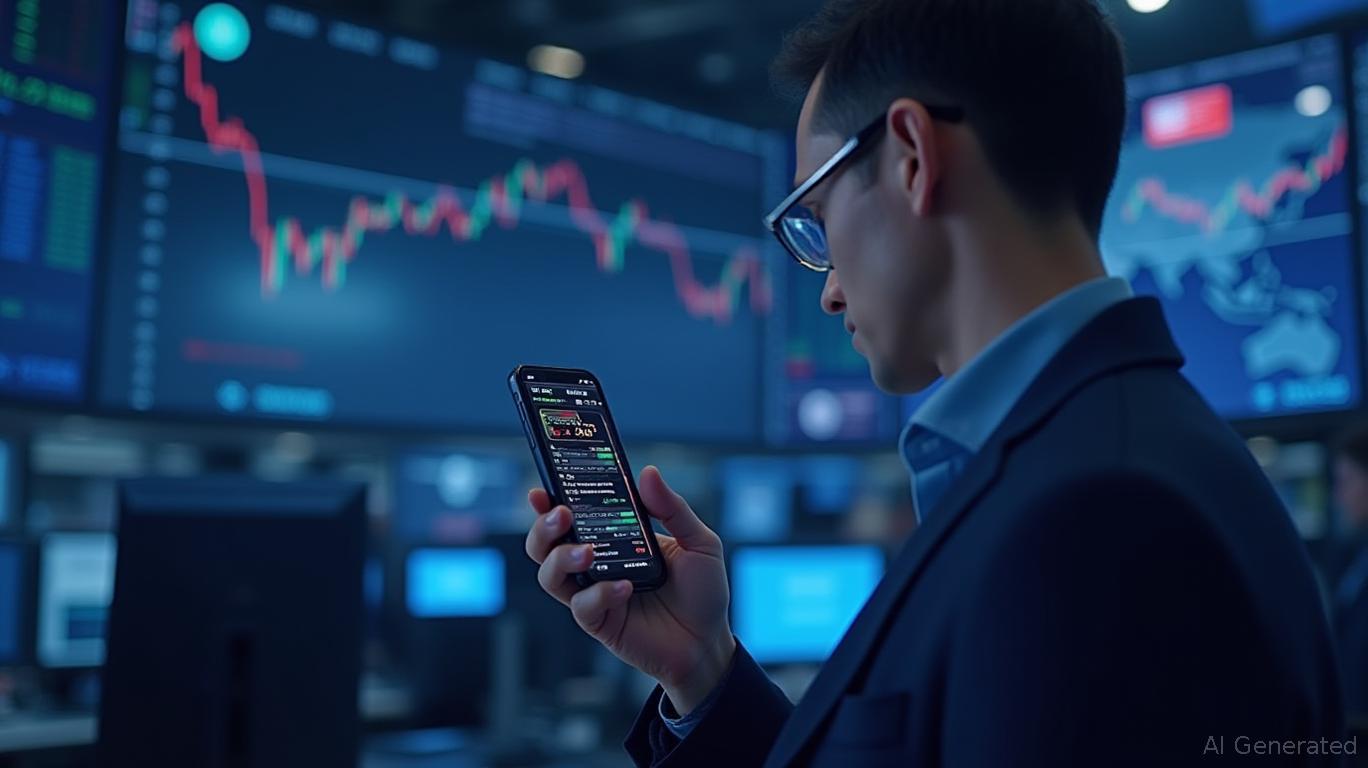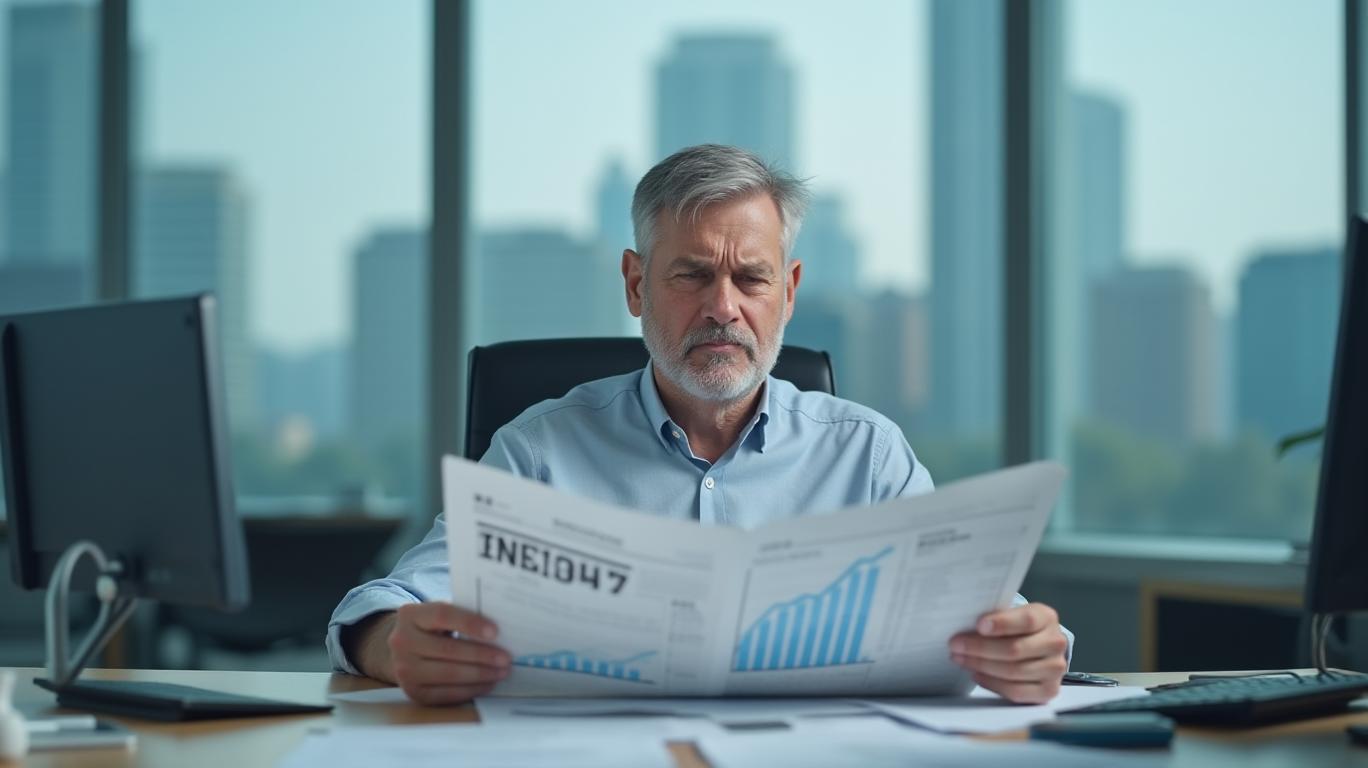PNE3's Struggle to Accelerate Returns: A Cautionary Tale of Debt and Declining Profits
PNE AG (ETR:PNE3), a German renewable energy firm, has long been a poster child for the green energy transition. Yet beneath its ambitious projects lies a stark reality: the company has failed to translate growth into sustainable returns, leaving investors grappling with losses, stagnant revenue, and rising debt. Let’s dissect the numbers to understand why PNE’s journey from promise to performance has fallen short—and whether there’s hope for a turnaround.
Financial Performance: A Losing Streak
PNE’s financials paint a grim picture. reveal a consistent downward spiral. As of late 2024, its Return on Equity (ROE) sat at -6.5%, while Net Margin clocked in at -6.4%, both negative for multiple years. Losses are worsening, too: annual losses have expanded at a -28.5% rate, with Q4 2024 posting earnings of -€13 million on €210 million in revenue. Even when operational output hit records in Q3 2024, consensus EPS estimates plummeted 47% in mid-November, underscoring volatility in profitability.
The disconnect between top-line growth and bottom-line results is stark. Over five years, PNE’s revenue grew a meager 1.0% annually, far below the 23% yearly share price increase that fueled a 190% Total Shareholder Return (TSR). This gap raises a critical question: Can investors trust revenue growth alone to justify PNE’s valuation?
Strategic Moves vs. Structural Challenges
PNE’s recent wins—such as acquiring a 43 MW Scottish wind farm and securing a 24 MW German tender—highlight its ambition in renewable energy. Integrating WKN GmbH also boosted operational capabilities. However, these moves come with costs. The company’s debt-to-equity ratio of 6.42 signals extreme leverage, while its Altman Z-Score of 0.94 (below the 1.8 bankruptcy threshold) flags acute financial instability.

While liquidity metrics like a current ratio of 2.68 suggest short-term solvency, the high debt load looms large. Analysts upgraded PNE’s outlook due to its project pipeline, but the 1 unspecified "warning sign"—possibly tied to debt or execution risks—remains a wildcard.
Shareholder Returns: A Rocky Road Ahead
Investors have been rewarded in the long term, with a 182% five-year share price gain and 190% TSR (thanks to dividends). Yet the past year tells a different story: shareholders lost 4.7% (including dividends), while the broader market surged 23%. This underperformance mirrors PNE’s inability to stabilize EPS amid rising costs and debt pressures.
Conclusion: Caution, but Not Yet Despair
PNE’s story is a cautionary tale of strategic wins overshadowed by financial fragility. The numbers are clear:
- Losses are accelerating, with no end in sight.
- Revenue growth is anemic, failing to justify its valuation.
- Debt risks are existential, with an Altman Z-Score signaling a 1 in 3 chance of bankruptcy within two years.
Yet there are glimmers of hope. Its strong project pipeline and TSR resilience (driven by dividends) suggest potential for recovery if PNE can:
1. Achieve profitability by scaling operations or cutting costs.
2. Reduce debt through asset sales or equity issuance.
3. Deliver on its 2024 targets, which it reaffirmed despite Q4 challenges.
Investors should monitor Q1 2025 results (due May 9, 2025) closely. If PNE can stabilize losses or demonstrate margin improvements, it might regain investor confidence. Until then, the risks—especially the Altman Z-Score red flag—outweigh the rewards. For now, PNE remains a high-risk bet on a sector with a brighter future than its current financials suggest.
In conclusion, PNE’s journey from renewable energy pioneer to underperformer underscores a harsh truth: even the best ideas falter without strong financial discipline. Until PNE fixes its balance sheet and turns losses into profits, its returns will remain stalled—and its stock a gamble for all but the most patient investors.










